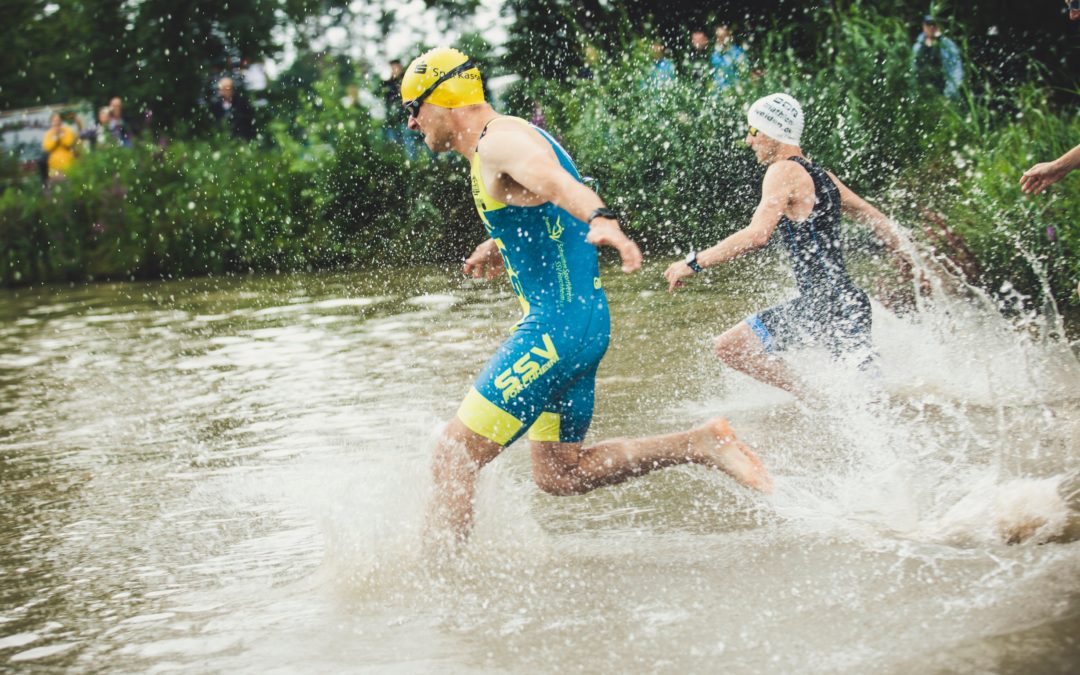There are a lot of things that beginner athletes need to know about triathlons to learn how to participate properly. Unlike other sports, which are often categorized as standalone activities, each discipline has its own set of rules. For instance, while running is usually affected by the previous leg, cycling is affected by the fatigue experienced during the swim.
There are also transitions, which is a sporting discipline all its own. Learning how to effectively transition between disciplines can help you gain or lose a lot of time. To help speed up your learning curve, here are some of the best beginner triathlon tips that will give you the necessary tools to improve and conquer your next race.
Keep a Practical Training Schedule
A factor you should consider when developing a training schedule is the amount of time you can allot for training—be realistic about the time you have for training. This will allow you to avoid the stress of missing training or creating an unsustainable workload. Consider a consistent training plan; a consistent schedule can help significantly improve your athletic performance.
Include Social Training Sessions
One of the most effective ways to improve your training is by joining meet-up groups around or above your fitness level. These groups will allow you to connect with like-minded individuals and keep track of your goals. You will also have the opportunity to receive advice from other athletes who have already participated in the sport.
Focus on Improving Your Performance, Not Equipment
Since there are so many high-end products you can buy for various disciplines, it is easy to get carried away by the idea of purchasing the best equipment. However, when it comes to choosing the right equipment, it is important to consider the durability and reliability of the materials you use. As you improve your fitness, the lighter and slicker gear will have a more significant effect on your performance. When you start to improve how you ride, the improvements that you make in this area will have a bigger impact on your overall performance.
Prioritize Your Key Workouts First
One of the most critical factors you should consider when developing a training schedule is the amount of time you can allot for it. It is important to consider completing the more strenuous or important workout first. Doing so will allow you to maintain the necessary intensity to complete the exercise. Having the proper amount of time to complete the exercise will allow you to avoid getting carried away and potentially compromising the quality of your future workouts.
Practice Your Transitions
Before you start training for a triathlon, you must have a good understanding of how your body will react to the transition from swimming to cycling and running on race day. To make sure that you have the proper space and organization, it is vital that you practice your transitions early. Having a complete plan will allow you to be quick and efficient during the race.
Train in Open Water Swims
Although open water pack swims are not usually available to everyone, they are still crucial to increasing your triathlon performance and comfort. To make the most of these opportunities, make sure that you practice properly looking at breath, stroke, and breath. To do this, bring your head back to face forward and lift it with your eyes out of the water.
Learn How to Make a U-Turn on Your Triathlon Bike
Make sure that you can safely and efficiently make a U-turn at the midpoint of a course during your training rides. For this, try incorporating a cone into your training by making a u-turn while keeping your momentum.
Anticipate Your Digestive System Needs
To get the most out of your training, you must have a good understanding of how your digestive system will react to the transition from swimming to cycling and running on race day. To ensure that you are able to replenish 25% to 35% of your calories, it is important that you have a fluid and fuel intake of at least 20 to 40 ounces per hour.

